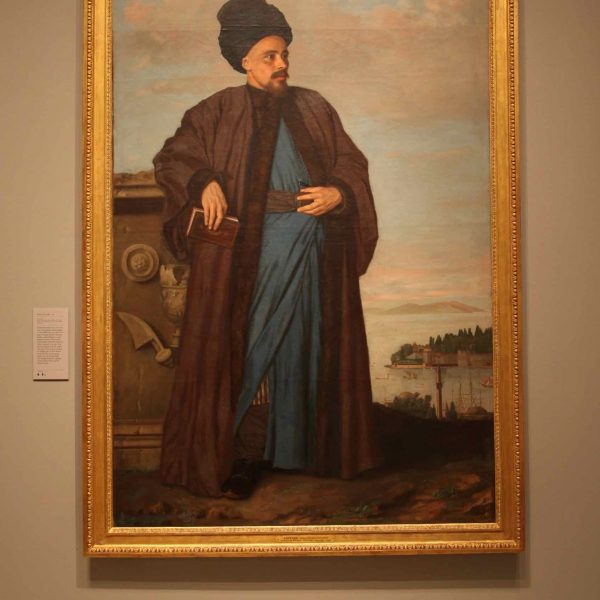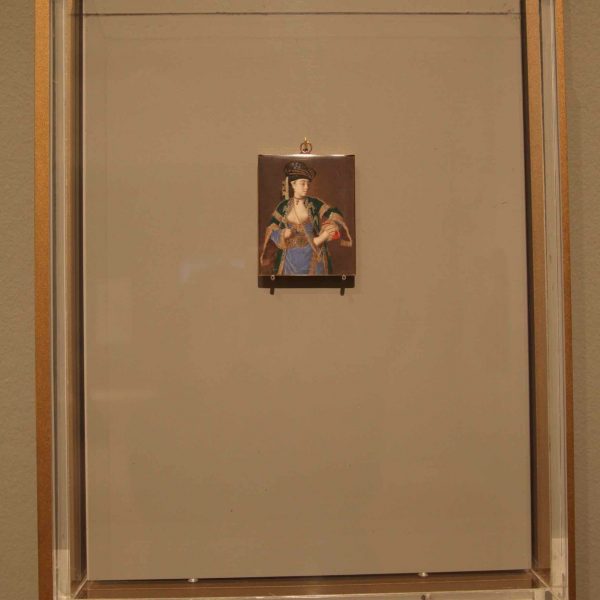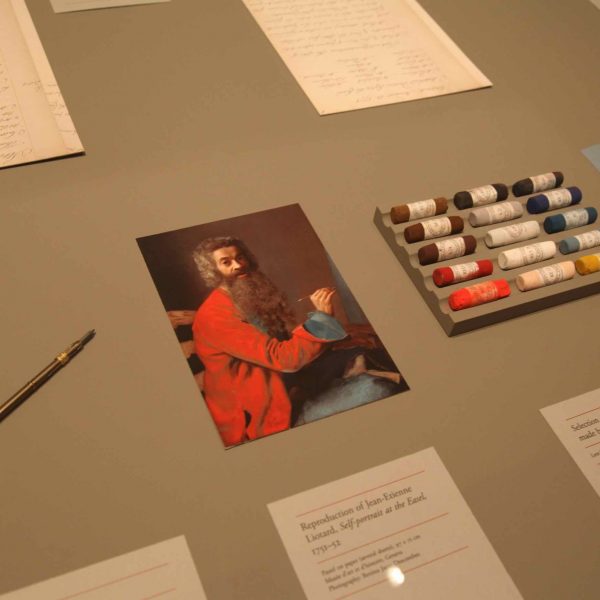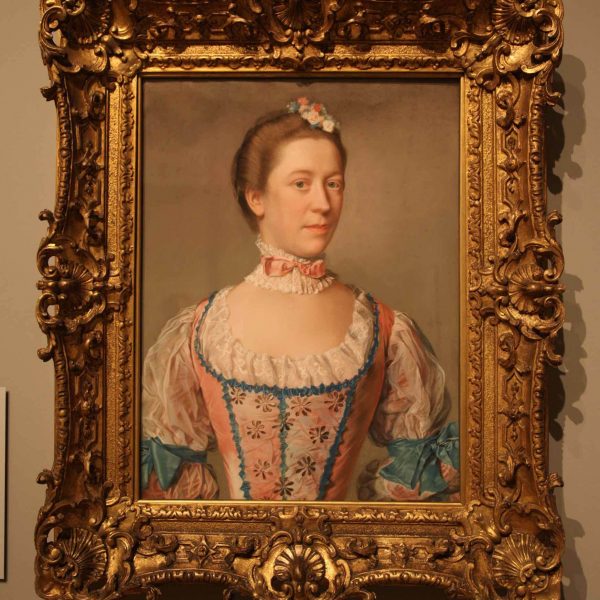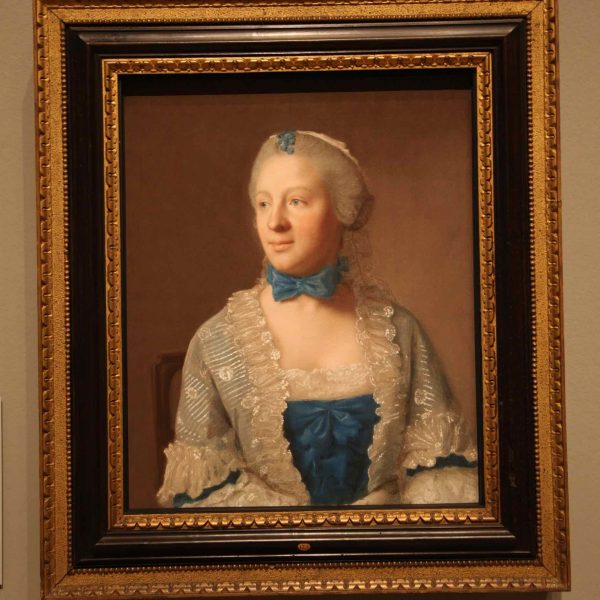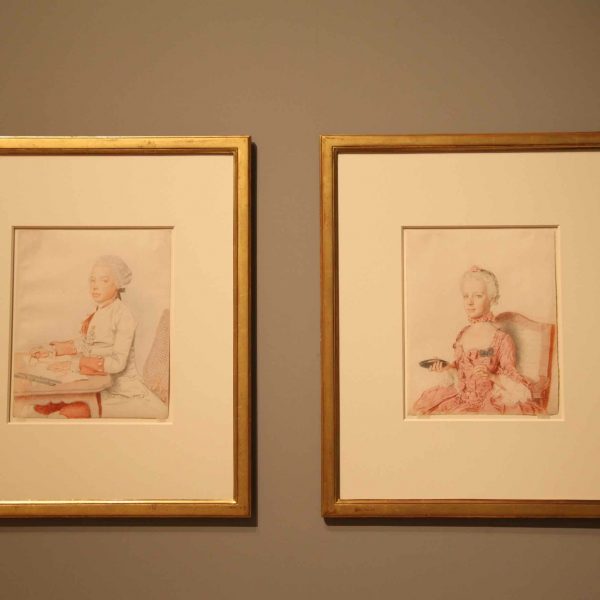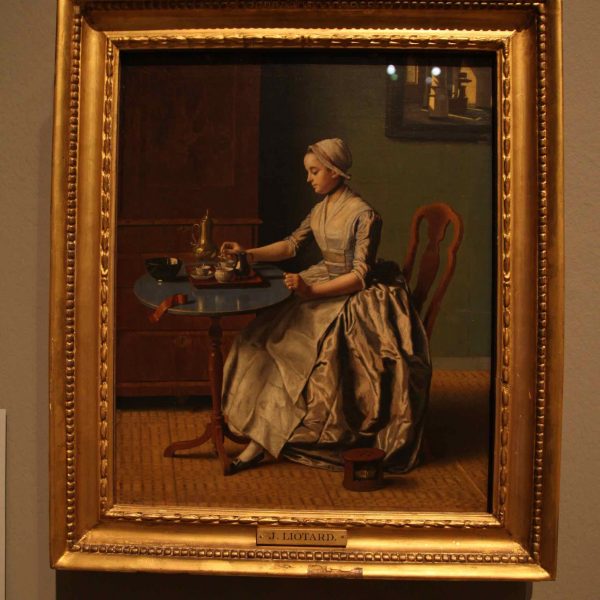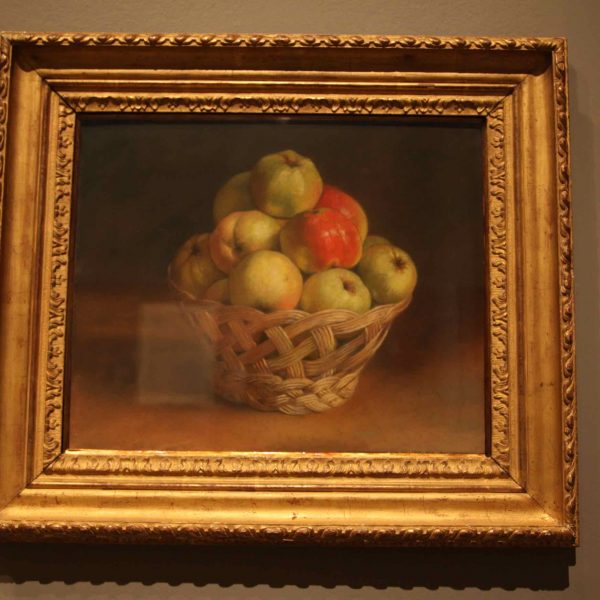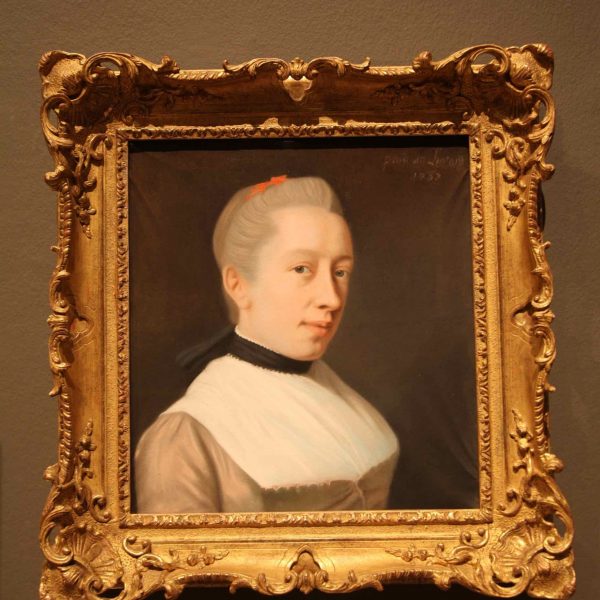
Jean-Etienne Liotard
The Sackler Wing of Galleries
24 October 2015 – 31 January 2016
。
。
This exhibition will be devoted to the idiosyncratic Swiss artist Jean-Etienne Liotard (1702-1789), who attained international recognition as one of the most highly accomplished portraitists of eighteenth century Enlightenment Europe. Jean-Etienne Liotard will bring together over 70 works, providing a unique opportunity to view a wide selection of the artist’s exceptional oeuvre in pastel, as well as oil paintings, drawings and miniatures from public and private collections in Europe and the UK, many of which have rarely been seen in public.
Born in Geneva, Liotard was a peripatetic and cosmopolitan artist who worked in Constantinople, major European capitals and several royal courts. He was a master of pastel that few could emulate, creating compellingly realistic portraits and capturing the fashions of the day on a variety of scales from miniatures to full-length portraits. Although Liotard gained a considerable reputation in his lifetime, he is little known today.
The exhibition will be arranged in six sections. The Artist and his Family will bring together a group of self-portraits, including Self-portrait Laughing, c. 1770 (Musée d’art et d’histoire, Geneva), as well as portraits of family members including his wife Marie Fargues and his eldest son, Jean-Etienne. Some of the self-portraits present Liotard in his distinctive Oriental guise of Turkish kaftan, long beard, and Moravian fur hat, which he adopted in Constantinople and for which he became well known earning him the sobriquet in London of ‘The Turk’.
Orientalism will focus on Liotard’s four-year sojourn in Constantinople. This was made possible by The Hon. William Ponsonby (the future Lord Bessborough), whom Liotard had met in Rome and who invited the artist to accompany him to the city in 1738. His time in the capital of the Turkish Empire not only provided him with his own Turkish ‘brand’, but also subject matter for works which were to contribute to the novel taste for Orientalism. It was there that he also undertook commissions from British and other European residents as well as making records of indigenous dress and customs. Highlights of the section will include Laura Tarsi, c. 1741 (Syndics of the Fitzwilliam Museum, Cambridge).
Liotard followed new markets for portraiture around Europe, commanding enviably high prices. He travelled to London on two occasions, 1753-55 and 1772-74, where he received numerous portrait commissions from members of British Society, including the royal family and in 1773 and 1774 he exhibited at the Royal Academy of Arts. A central theme of his long career was his enduring associations with major British patrons and collectors who commissioned portraits from him when they were passing through Paris and Geneva. Brilliantly executed, society portraits will include those of Sir Everard Fawkener and his wife, Harriet Churchill; the formidable Katherine Furness, Countess of Guilford; The Marchioness of Hartington; William Constable, friend of Jean-Jacques Rousseau; the great actor David Garrick; and the son of the 2nd Earl of Bute, Lord Mountstuart.
In 1743 in Vienna, on his return from Constantinople, which had included ten months at the Moldavian court at Jassy, Liotard received an introduction to Maria Theresa, the future Empress of the Austro-Hungarian Empire, establishing a relationship which would last over three decades. This resulted in a series of portraits of the family including one of the young Archduchess Marie-Antoinette of Austria, 1762 (Cabinet d’arts graphiques des Musées d’art et d’histoire, Geneva). A selection of these Royal Portraits, in delicately handled chalks, will be complemented by pastel portraits made of the French royal family in Paris, 1749-51, and of the British royal family, the result of a commission from Augusta, Princess of Wales in 1753.
In 1757 Liotard settled in Geneva where he found himself in demand for portraits of Genevan high society. Although some of these communicate the dominant Calvinist character of the city, with their soberly attired sitters, they celebrate the prosperous members of the city’s professional elite. Continental Society portraits will include the pendant portraits of the banker Isaac-Louis de Thelusson and his wife Julie de Thellusson-Ployard, both 1760 (Museum Oskar Reinhart, Winterthur). Although primarily known for his portraits, Liotard created a small number of Still Lifes, Genre Scenes and Trompe L’Oeil works. Still-life: Tea Set, c. 1770-83 (The J. Paul Getty Museum, Los Angeles), will feature in this section alongside the trompe l’oeil painting showing a partial portrait of Maria Theresa of Austria, 1762-3 (Private Collection), which was discovered in 2014 and has never been seen in public before.
Edited by Qiwen Ke






